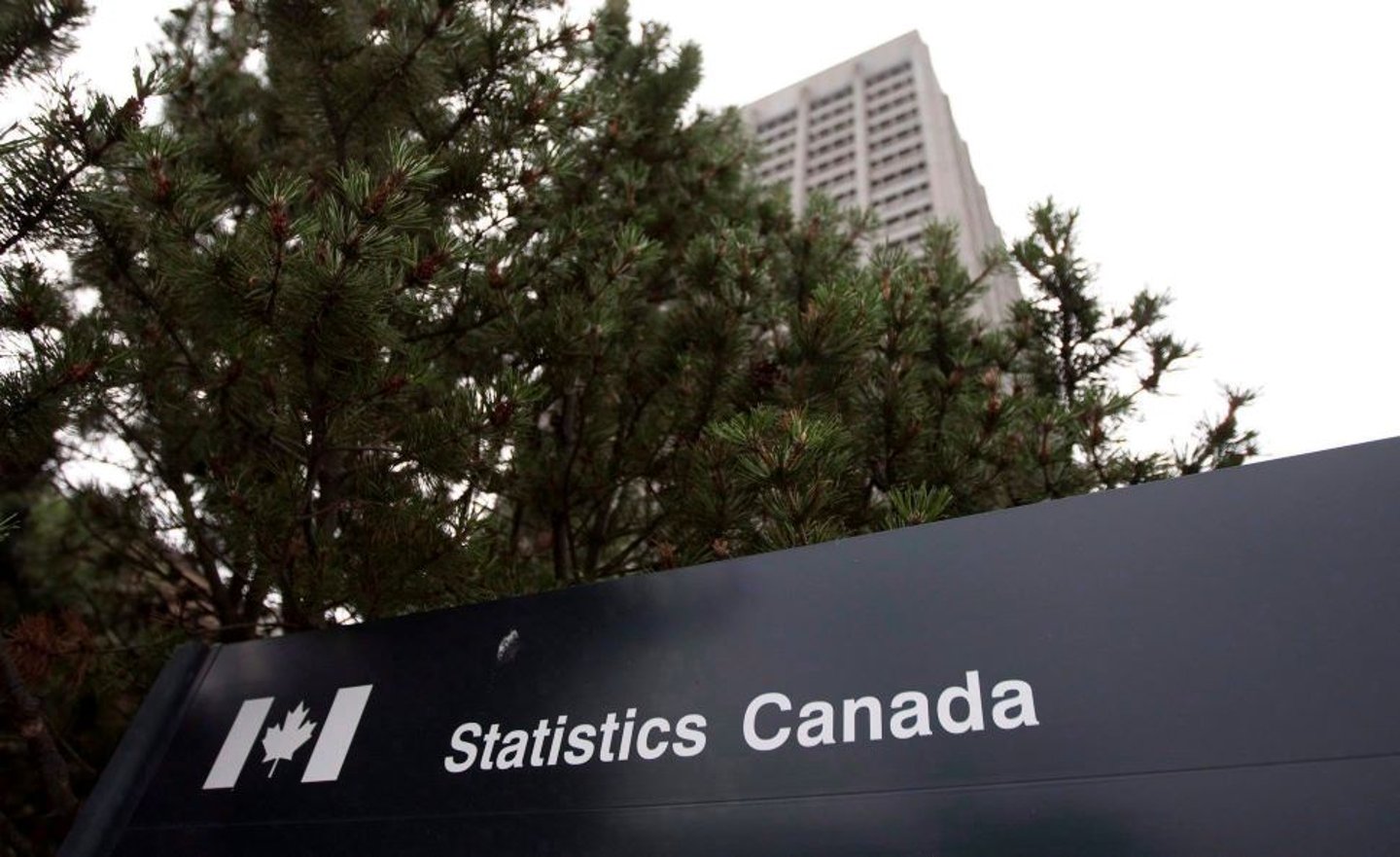Statistics Canada reports real GDP grew 0.3 % in October
Statistics Canada says the economy grew 0.3% in October, helped by strength in the mining, quarrying, and oil and gas extraction sector, following a 0.2% increase in September.
The agency says the growth came as services-producing industries grew 0.1 % for the month, marking the fifth straight month of increases.
Meanwhile, after four consecutive monthly declines, goods-producing industries rose 0.9 %.
Mining, quarrying, and oil and gas extraction rose 2.4 % in October with all three subsectors rising. Oil and gas extraction was the largest contributor, increasing 3.1 %.
Manufacturing rose 0.3 % in the month, following four consecutive monthly declines, driven by an increase in non-durable goods manufacturing.
CIBC senior economist Andrew Grantham called the economy's October gains "a larger-than-expected stride forward," as the results were slightly above consensus estimates. But he noted early evidence for November suggests "it stumbled again in that month."
Statistics Canada's early estimate for November suggests real GDP for the month edged 0.1% lower, as decreases in mining, quarrying, and oil and gas extraction, transportation and warehousing, and finance and insurance were partially offset by increases in accommodation and food services and real estate and rental and leasing.
"Through that monthly volatility, Q4 GDP is still tracking slightly below the Bank of Canada's (monetary policy report) projection and below the economy's long-run potential," Grantham said in a note.
READ: Canadian retail sales up 0.6% in October, buoyed by vehicle purchases
Because of that, he said the central bank will likely cut its key policy interest rate by a quarter-percentage point at its next meeting in January, rather than the half-percentage-point cuts it has made in its last two decisions.
"While there is evidence that interest-rate sensitive areas of the economy (i.e. real estate, retail sales) have already strengthened as the BoC has lowered rates, further interest rate relief will be needed in the New Year to help close the output gap," he said.
Real estate and rental and leasing increased 0.5%, recording its sixth straight monthly increase and the largest since January. That came as national home sales increased in the month, in large part driven by higher activity in markets such as the Greater Toronto and Greater Vancouver areas.
The industry saw the most monthly activity since April 2022.
Meanwhile, the construction sector grew 0.4% in October, driven by non-residential building construction.
Wholesale trade was up for a second consecutive month, posting 0.5% growth. Building material and supplies was one of the most significant contributors to the sector's growth, driven by an increase in lumber, plywood and millwork merchant wholesalers.
Canadian Chamber of Commerce senior economist Andrew DiCapua said he is expecting GDP growth in the fourth quarter of close to two %.
"If this momentum holds, it could influence the Bank of Canada’s January decision — possibly slowing the pace of rate cuts in the new year," he said in a statement.
"That said, we remain pessimistic about the challenges ahead, with tariffs, reduced immigration targets, and increased uncertainty clouding the outlook for businesses. Still, it’s encouraging to see the economy posting a final GDP data point for the year on solid ground."



